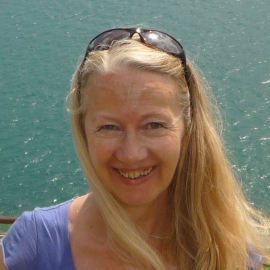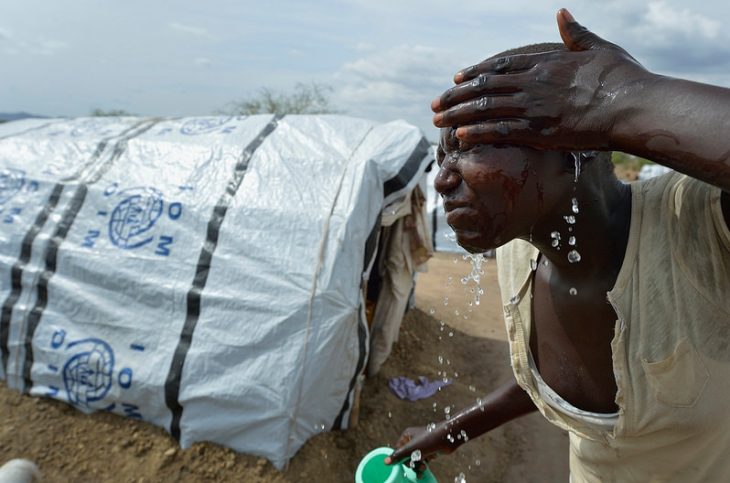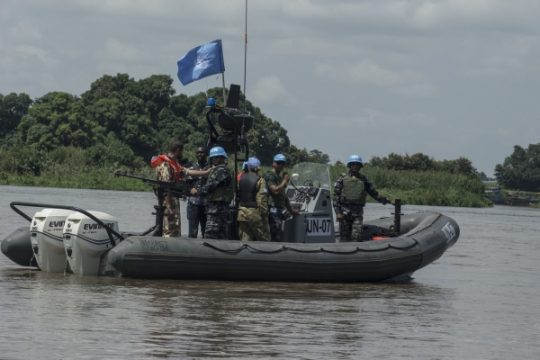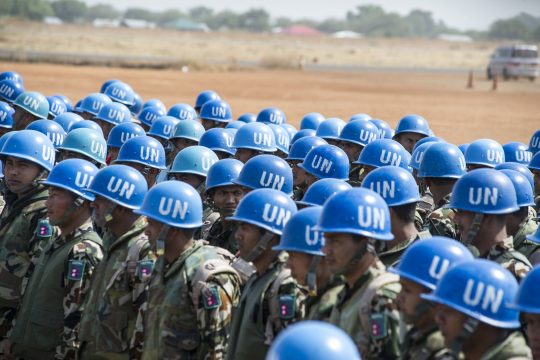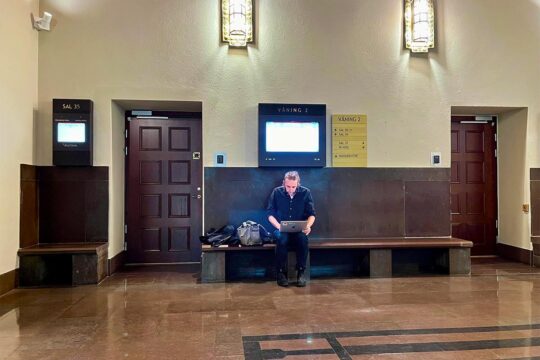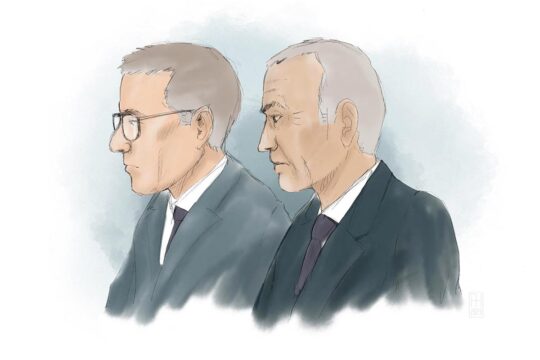Two years after independence in 2011, South Sudan descended into a war which continues to rage, with analysts fearing a possible genocide. In January alone, more than 52,000 South Sudanese fled to Uganda as continued fighting risks creating a situation of mass atrocities, the UN's special adviser on genocide prevention Adama Dieng said this week. In a recent article in the New York Times, Mahmood Mamdani, Professor of government at Columbia University (US) and director of the Makerere Institute of Social Research in Kampala (Uganda) put forward a radical proposal. Saying South Sudan is “a failed transition”, he suggests “a second transition”, led this time by the African Union. JusticeInfo spoke to Mahmood Mamdani.
What do you think are the causes of the crisis in South Sudan?
The causes are several but the main ones are a transition process shaped by the Troika (US, Norway, UK) that excluded all non-military political and civic groups and therefore militarised the process and its outcome, as well as continued external support which has considered the military groups, whether in power or not, as indispensable to any solution in South Sudan. That there is now a risk of genocide in South Sudan is a warning contained in the Yasmin Sooka report to the Human Rights Council of the UN.
You say that South Sudan’s political class remains incapable of reform, that the UN has so far failed in its mandate to pacify the country and protect civilians, and that the only solution is now some kind of African Union protectorate. Why do you say that?
South Sudan’s political leadership, as represented in the cabinet dissolved in 2015, has had repeated chances to make a new start, and has failed each time. The UN itself admits that its forces failed to protect civilians in the violence of December 2015 and thereafter. The AU trusteeship is not necessarily the only solution now, but in the absence of any other it is a solution worth trying.
How do you think such an arrangement should work?
It would have to be a joint partnership between the AU and the UN, with the AU in the lead. I suggest the following guidelines. The AU would set up the oversight mechanism and the UN would provide whatever technical resources the AU identifies as necessary. The Troika would fund the second transition as a way to accept responsibility for the faulty transition that has led to the present crisis.
Do you think your proposal is realistic?
The crisis calls for innovative and bold ideas. There is no better proposal on the table.The people of South Sudan will support it if it is seen as a second transition and not a return to a type of external or colonial rule. The political class will need convincing. That will require a combination of the carrot and the stick, which would be the job of the AU and the UN.
Isn’t the African Union also divided, just like the UN? And wouldn’t it need a lot of funding?
The AU is divided but it has greater stakes in making this work. The consequences of continued failure will be much worse for the AU than for the UN. In the AU, the lead should come from those with the least direct interest in South Sudan, which means from those outside IGAD*.
*The current Intergovernmental Authority on Development, which comprises the countries of Djibouti, Eritrea, Ethiopia, Kenya, Somalia, South Sudan, Sudan and Uganda, was established in 1996. It succeeded the earlier Intergovernmental Authority on Drought and Development (IGADD), a founded in 1986 by Djibouti, Ethiopia, Somalia, Sudan, Uganda and Kenya, with a focus on development and environmental control.

